Club profile: Bamburgh Castle GC
The scenic venue, set among the dunes overlooking the North Sea, is a Site of Special Scientific interest, and it has now modernised both its men’s and ladies’ changing rooms
Situated on one of the most natural and untouched parts of coastal Britain on the outskirts of a beautiful village that boasts a significant recorded history, Bamburgh Castle Golf Club in Northumberland is a mecca for members and visitors alike.
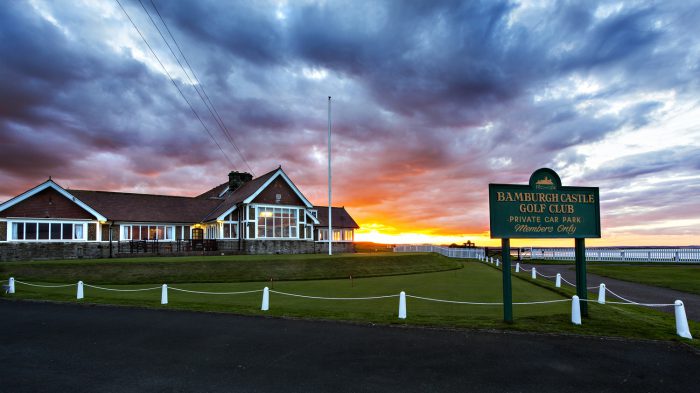
Attracted by the idea of golf in the raw, players absorb a sense of the history of the game and the cultural development of the nation simultaneously.
Yet this not a club that has stood still and revel in past glories.
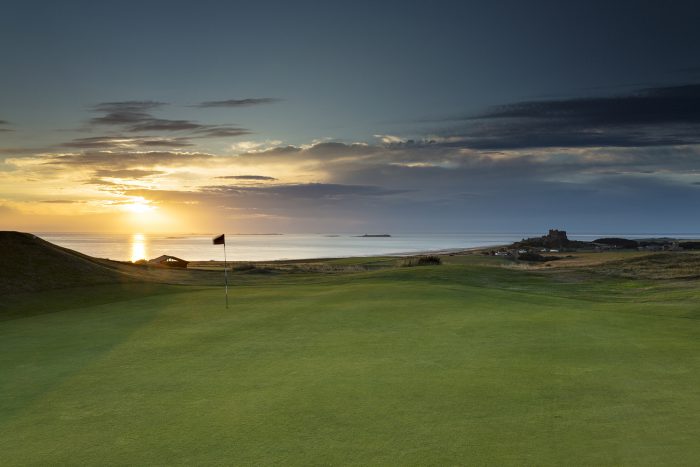
Constantly evolving and improving, Bamburgh Castle GC has made numerous changes since its formation in 1904, including the recent upgrade of its changing rooms.
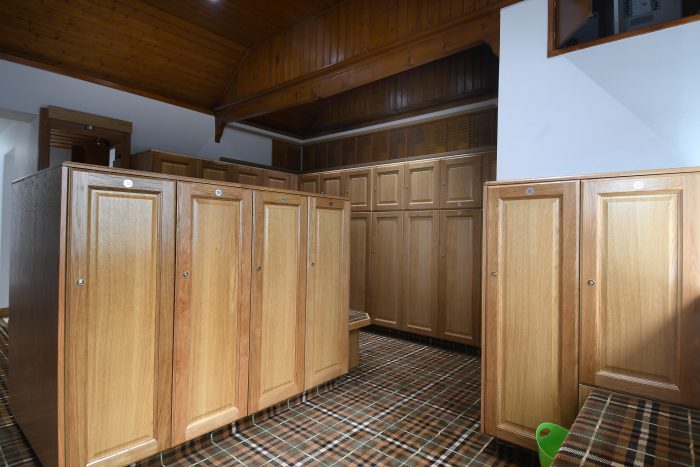
About three years ago the club employed Craftsman Lockers to carry out a refurbishment of the men’s locker rooms, and wholly satisfied with the result, the industry leading company was called back in this year to complete work on the ladies’ changing facilities.
Craftsman Lockers designed and installed new lockers breathing new life into the previously dated area.
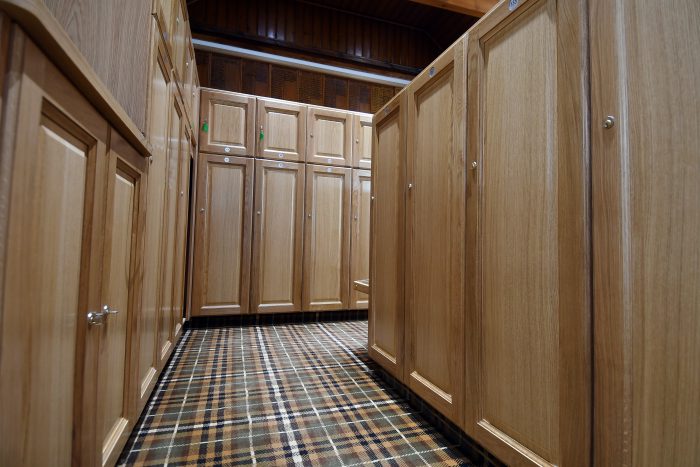
Work included the installation of golf and holdall lockers, a wardrobe unit, dry vanity station, full-length mirror, towel disposal unit and bench seating.
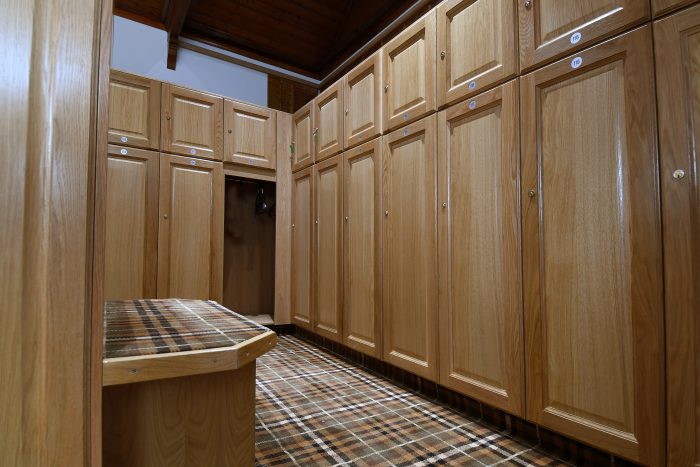
Club secretary Barry Walker said everybody is very pleased with the results.
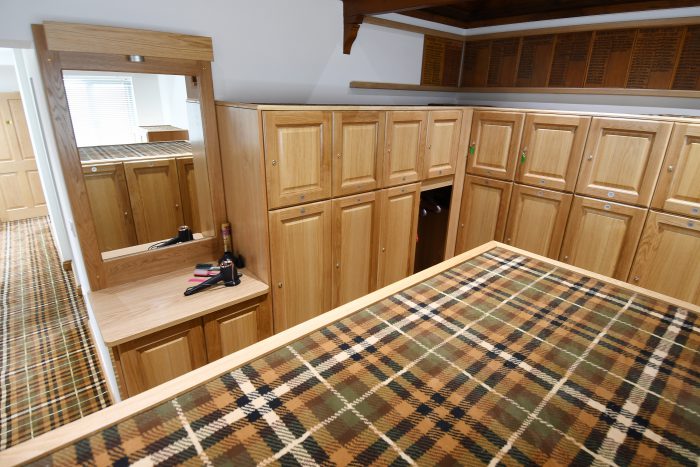
“Craftsman are very good people to work with. They remodelled the men’s changing rooms a few years ago and did a good job so it was an obvious choice to go back to them for the ladies. Our clubhouse is a very old building and the changing rooms were like a step back in time. Now they have been transformed and we are delighted.”

Bamburgh’s surroundings and long history provide rich pickings for those wishing to escape modern city life.

Doyen of golf writers Bernard Darwin summed up the experience of playing at Bamburgh Castle GC with typical poetic elegance: “I imagine that the golfer’s eye must be more often taken off the ball at Bamburgh than any other course,” he wrote in his 1920s book Golf on the LNER, adding: “the view is so compellingly beautiful that we really have to look at it, no matter how critical the shot.”

Situated on the Northumberland coastline an hour’s drive north of Newcastle, it is a course that stirs the senses like few others.

No wonder Natural England declared much of the course as a Site of Special Scientific Interest, resulting in the club entering into a management agreement with the national body to enhance nature conservation.

Set among the dunes overlooking the North Sea, the course boasts magnificent wild flowers, grass and scrublands, some of which is found only in Northumberland. As result the birdlife is plentiful and varied.
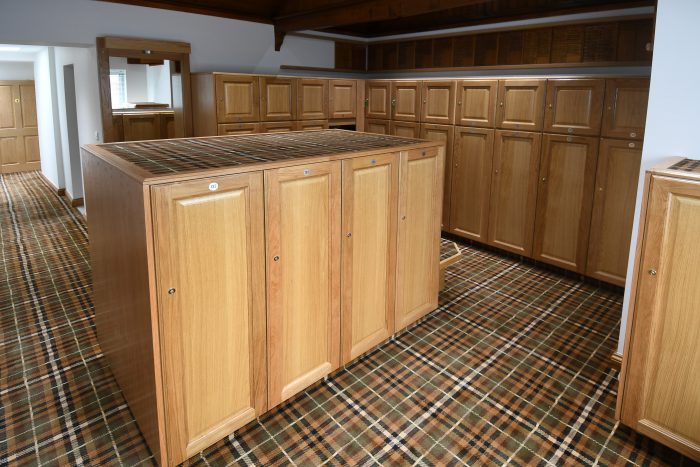
Based around the village that was the cultural and ecclesiastical centre of western Europe in the seventh century, the club was founded in 1904 by Lord Armstrong of Bamburgh and Cragside, with the support of his friends, after the failure of two earlier courses on the links between Bamburgh and Seahouses.

The Armstrong family is also responsible for the current, much-photographed Bamburgh Castle that once seen is never forgotten.
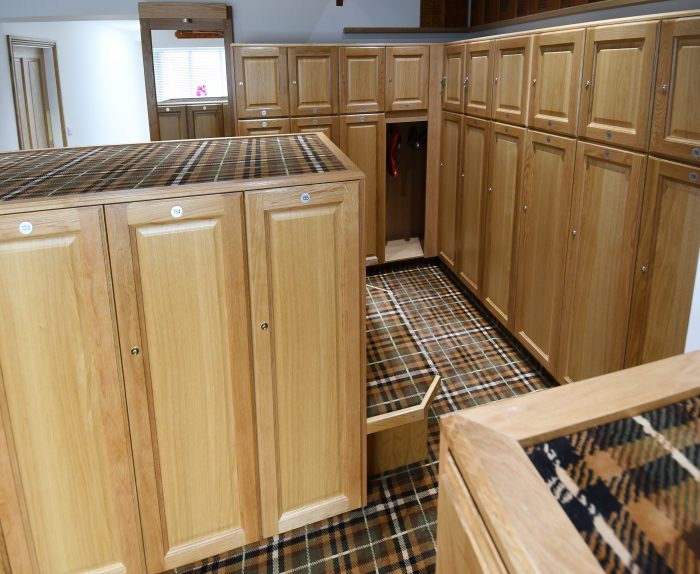
The site of the castle, a Grade I listed building, was originally the location of a Celtic Brittonic fort known as Din Guarie and may have been the capital of the kingdom of Bernicia from its foundation in 420 to 547 AD. After passing between the Britons and the Anglo-Saxons three times, the fort came under Anglo-Saxon control in 590. Vikings destroyed it in 993, and the Normans later built a new castle on the site, which forms the core of the present one. After a revolt in 1095 supported by the castle’s owner, it became the property of the English monarch.
In the 17th century, financial difficulties led to the castle deteriorating, but various owners restored it during the 18th and 19th centuries. It was finally bought by William Armstrong, who completed its restoration. The castle still belongs to the Armstrong family and is open to the public.
Armstrong’s vision in creating the golf course was to develop Bamburgh as a holiday resort – it already had natural beauty, tennis courts, a cricket club – as well as an enviable history dating to 635 AD when St Aidan built his first Christian church.
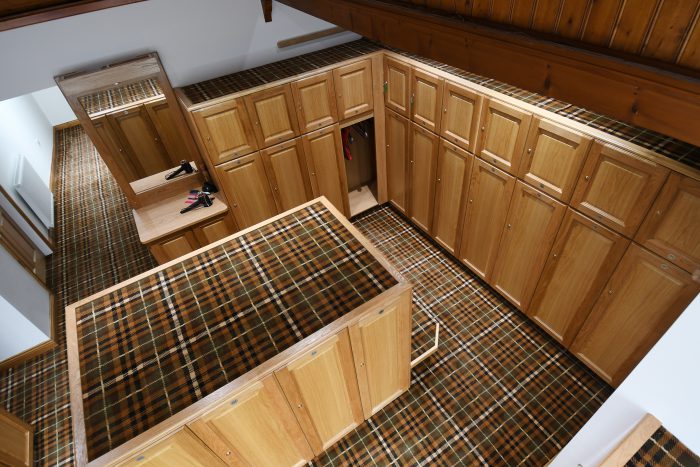
It was a vision that continues to this day – while the club serves its members, it has always been known for welcoming visitors and holiday homeowners who have lived and played with members, cheek and jowl.
That said, modern day club managers would be horrified to learn that the landowner did not permit Sunday play until 1960. Purchase of the freehold of the course was achieved in 2000.
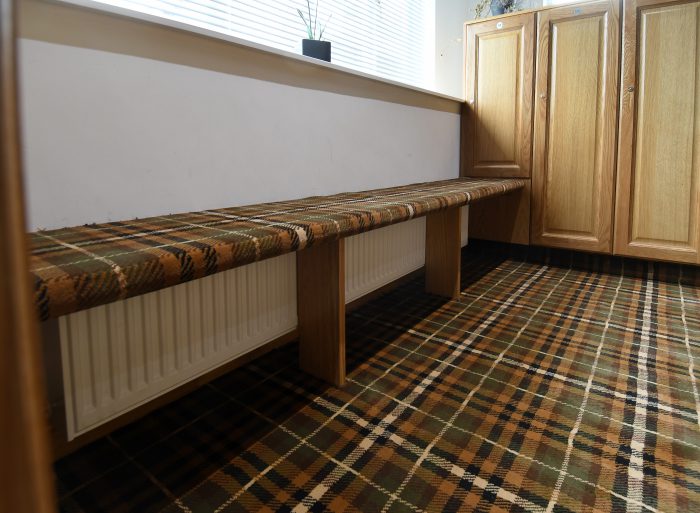
The course was designed by George Rochester, the professional at nearby Alnmouth, in a very natural style. In keeping with the club’s overall philosophy, it has been modified and developed over the years with some lengthened holes, and various landscape improvements.















Let me tell You a sad story ! There are no comments yet, but You can be first one to comment this article.
Write a comment